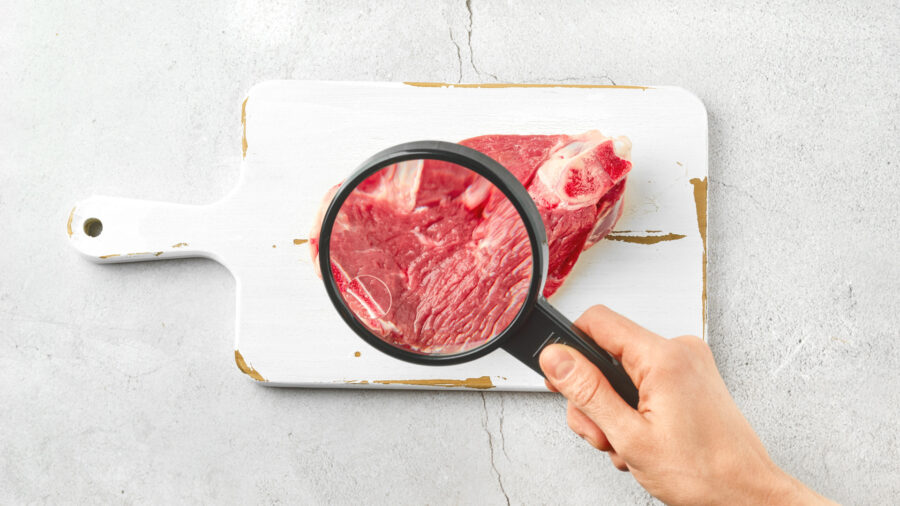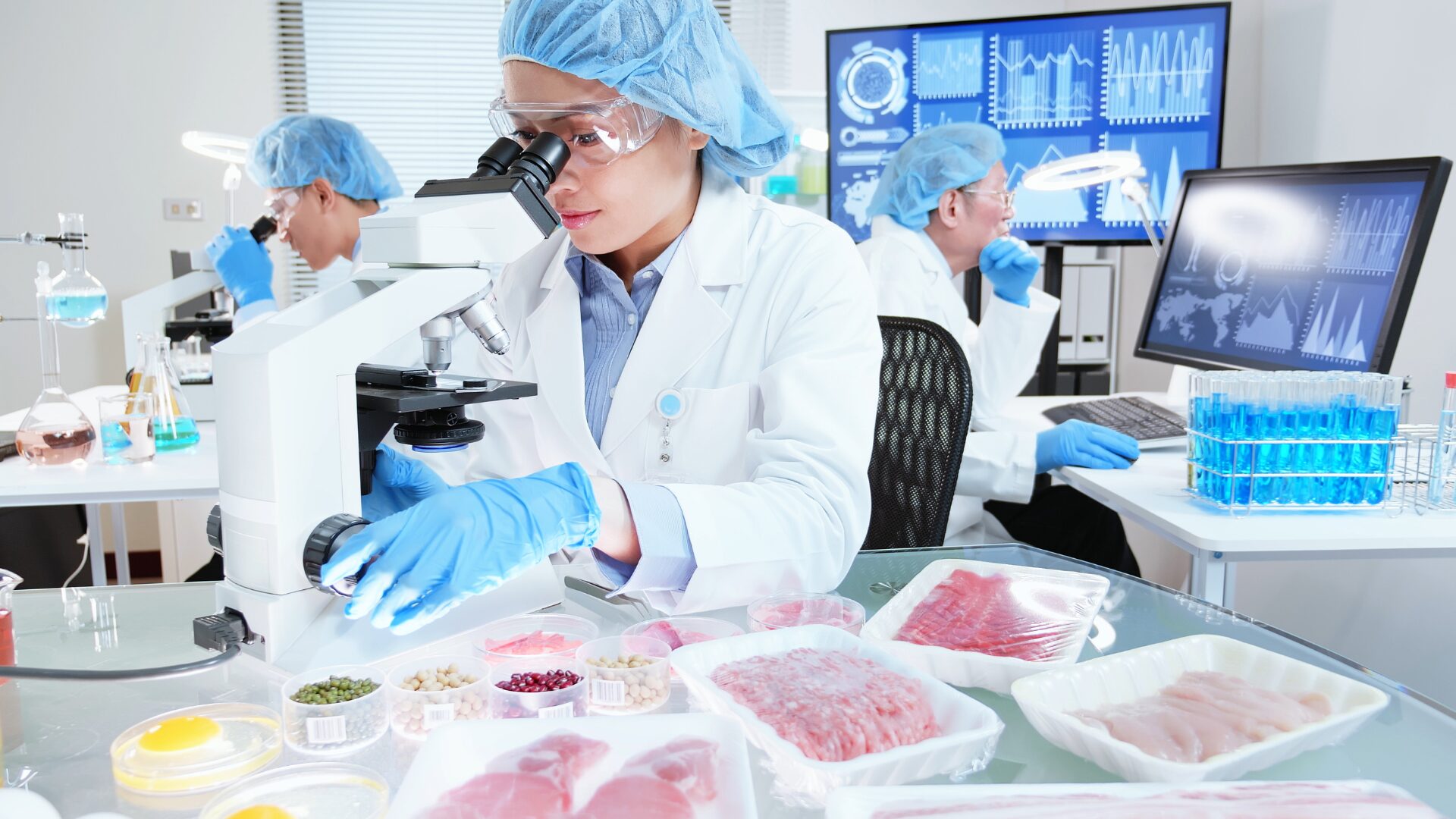Cell-cultured meat continues to expand on a global scale as start-ups and major meat producers target the category. But how exactly are cuts of cultivated meat created and how soon can consumers purchase these products?
“Cultivated meat is still taking its first industrial steps, and it will require a joint effort by multiple industries to establish manufacturing that will have the capacity to meet the global demand for meat,” Ido Savir, CEO of Israel-based SuperMeat, told The Food Institute. “This will be a gradual process until it achieves economies of scale comparable to traditional meat players.”
International Activity
Along with SuperMeat, Israel is home to several cultivated meat startups, including Aleph Farms and MeaTech.
“The country has a supportive ecosystem for entrepreneurs and innovators, with a number of incubators, accelerators, and other organizations providing resources to help startups grow and succeed,” said Savir. “In addition, the Israeli government has put in place policies and programs that support and encourage risk-taking, such as tax incentives for investors and grants for startups.”
Another country leading the charge in cultivated meat innovation is Singapore, which was the first to make Eat Just’s cultivated chicken nuggets commercially available.
“This is largely due to its supportive regulatory frameworks, governmental support, and open culture towards new ideas,” Maya Benami, PhD microbiologist and alternative protein consultant told The Food Institute. “The Netherlands and the United States are also notable leaders in this field.”
How To “Make” Meat
While companies use different techniques to cultivate meat outside of the animal, the process is often likened to brewing beer.
For instance, the team at California-based cultured seafood startup Wildtype Foods starts with a cell — which is akin to the yeast of beer brewing — that can self-renew, so it continues to divide and grow without going back to the fish.
“We grow [salmon cells] in these steel tanks that look just like brewing tanks,” said Aryé Elfenbein, molecular biologist and co-founder at Wildtype in a recent FI Newscast. “In fact, the facility here in San Francisco that we’re growing the cells was a brewery — many of the same things are in place from when we repurposed it.”
As the cells continue to grow, the Wildtype team uses a plant-based structure called a “scaffold” to help the cells organize into traditional meat components like muscle and fat.
“That gives the cells the right sort of forms and structures to grow within, to ultimately become the cuts of sashimi and other types of salmon that we produce,” said Elfenbein.
Comparatively, SuperMeat has developed a proprietary avian stem cell technology to grow muscle, fat, and connective tissue.
“One of the strong points of this [patented] technology… is its ability to grow tissue-like structures in full suspension without any carrier or scaffolding, resulting in a product that is 100% meat,” said Savir.
Proximity to the Plate
Today, the main challenges associated with the production of cultivated meat are scale and cost.
“Overall, scaling up cultured meat production and reducing costs is a complex and ongoing process that requires constant lobbying of regulatory authorities, research and development, and investment,” said Benami.
Benami further noted that the first market-entry cultivated meat products will likely be hybrids — a mixture of cultivated meat cells and plant, fungal, or algae-based ingredients.
“Many experts predict that hybrid cultivated meat products will be widely available in grocery stores by 2030, pending no significant supply chain disruptions that inhibit scaling or production,” said Benami. “Before grocery stores, novel food trends indicate that high-end restaurants and open-minded butchers in metropolitan centers will likely be the initial, viable portals for cultivated meat market entry.”
Savir echoes the belief that the first cultivated meat products will likely appear on restaurant menus– some as soon as the next year.
“It may be another 2-3 years before we find cultivated meat products regularly on grocery shelves, as companies gradually expand production, lowering costs and making the product more widely available,” Savir concluded.












